Learning to Adapt: Back to School 2020
, by SaraMarie B.
Back to School season is different this year, just like everything else in 2020. Past the cliches and endless lists of reasons to be upset, there is still the question - how can we make this year better? Better does not mean fixed and does not mean perfect, but “better” is a battle we can win. Any positive change, truly no matter how small, makes a difference and can benefit you and your family. Leaving aside the many outside circumstances we wish would change, let’s look at what we can do at home to make this school year as rewarding as possible. Join us to learn about a few simple ideas for this very different school year.
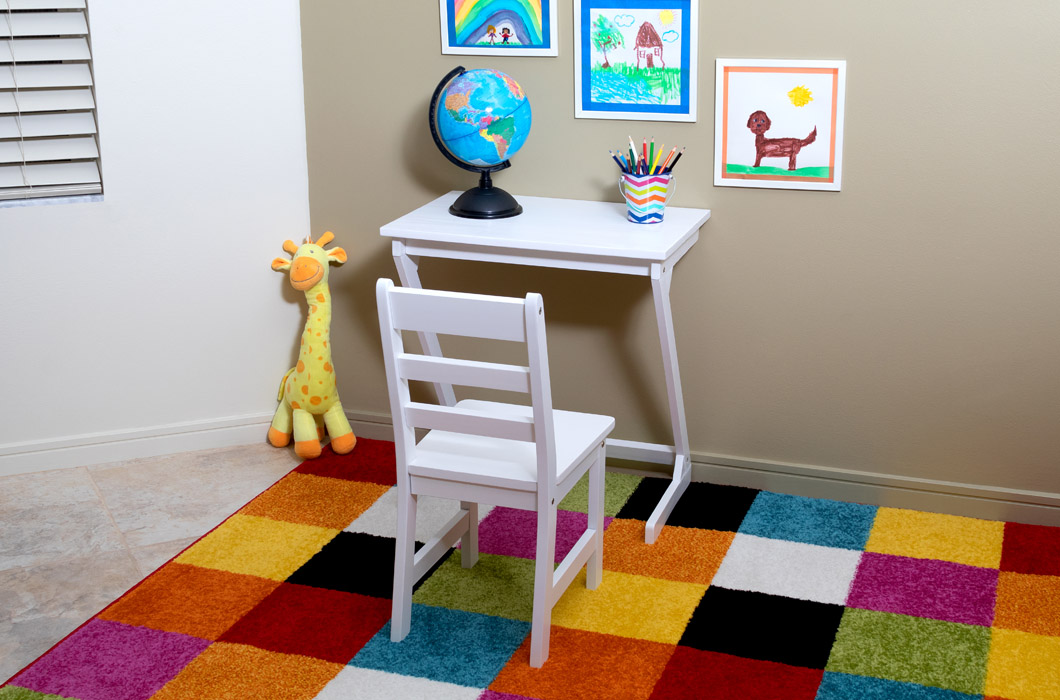
Back to School Picture Day
School may or may not be taking place in person for your favorite kids, but having a First Day of School picture is still an important tradition. If the year has already started - who cares! Better late than never! Even in today’s times there’s bound to be thousands of pictures of your kids from this year on your phone already, taking a picture that’s special and just of them is important. This can help kids feel that their progress is still something to be proud of and to celebrate.
Taking a great back to school picture is simple. Many families take back to school pictures in the same place every year, which makes it easy to see how much each child has grown since the last picture. This also creates a nice visual story when you display the pictures next to each other. Consider what the weather is usually like where you live in September - I always took my back to school photos outdoors on the front porch, but depending on your climate it may be wiser to pose kids inside.
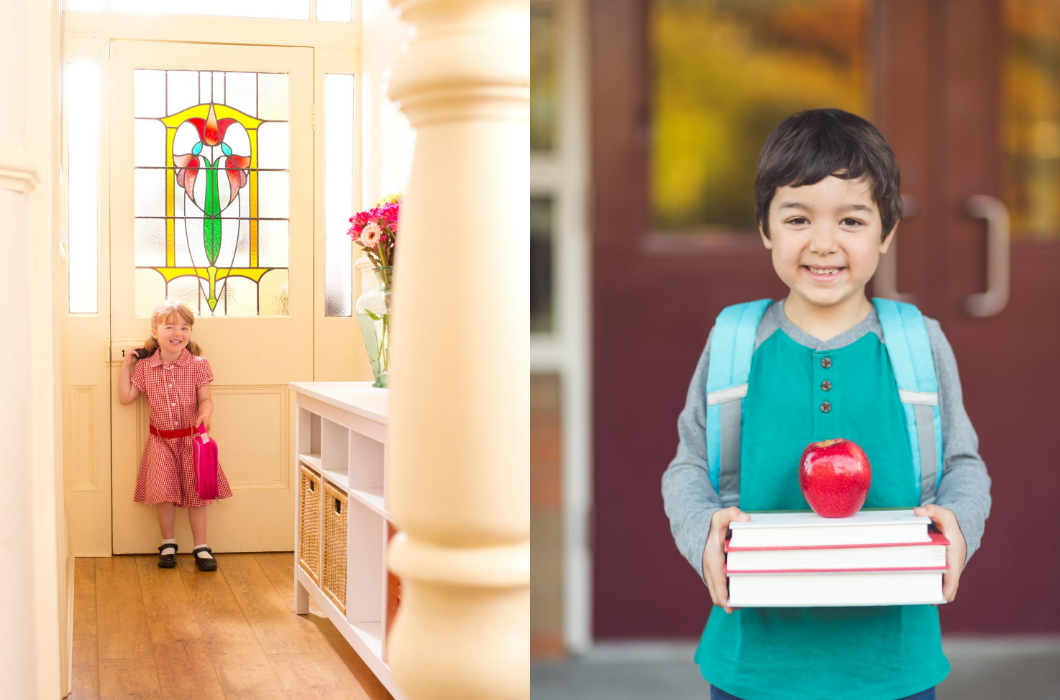
Learning in Style with Learning Styles
Keep kids active and mentally engaged. This can be such a difficult task that even suggesting it seems laughable. Breakthroughs can happen when you consider your child’s specific learning style. In education, there are theories about student development and which activities or types of lessons help students learn best. There are many theories out there of course, but one of the most widely cited and respected ones in the field is Harvard Professor Howard Gardner’s theory of Multiple Intelligences. He was recently interviewed about this theory and learning at home during COVID-19. You don’t have to be an academic to understand this theory. Start with the graph below:
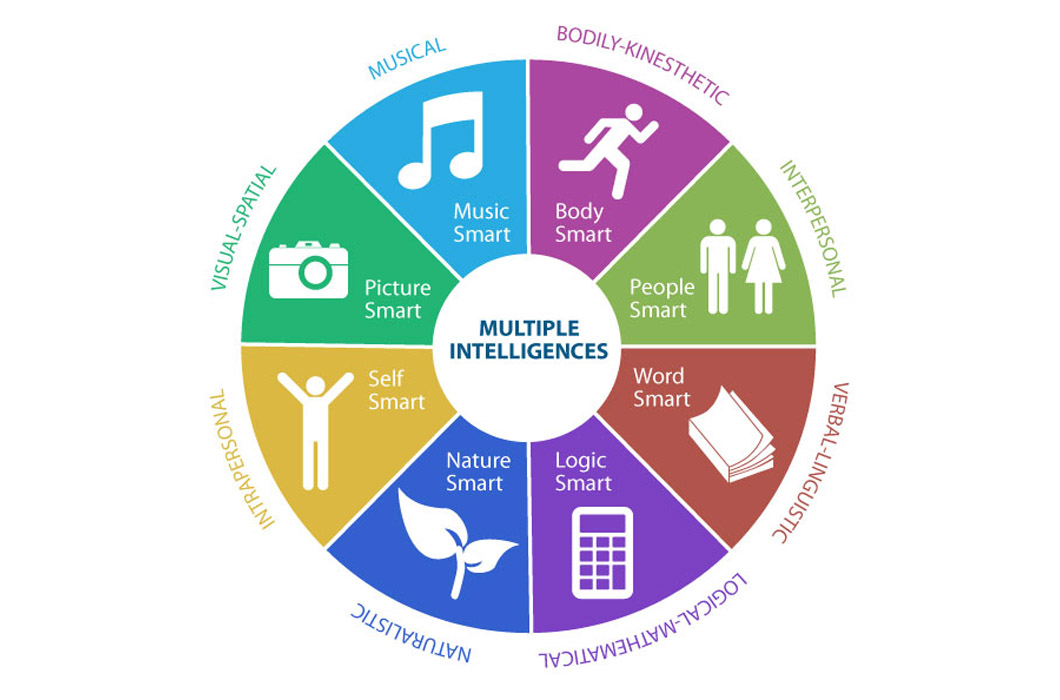
What do you notice on this chart that your kids are already good at? Noticing any patterns at all helps. These categories can also help you recognize the abilities kids have that they may not be getting praised for as often as they could be. Now that you have a map, it becomes easier to search for activities that can reinforce what your kids are learning - Pinterest is your friend! This doesn’t mean that you have to take it upon yourself to wrestle every school lesson into something perfectly suited to one of these pie slices. Many lessons already use more than one type of learning and you can too. Simple add-ons are a great way to start.
Let’s take the example of the “body smart” kids, the Bodily Kinesthetic learners. They are best engaged when they get to move and act out lessons. The late Sir Ken Robinson’s classic 2006 TED Talk on education features a story about a little girl who learned best this way and flourished in school after being introduced to dance. Learning about geometry for the first time? Teach them about parallel lines by asking them to walk (or skip, hop, or run) parallel to a straight line in the backyard - you could use the fence or a stretched-out jump rope.
The Right Study Space for Your Learner
Some school activities can be done outdoors or in the kitchen, which is always welcome, but many tasks demand a desk. Creating a space just for them can help make the school days a little easier to handle. In a previous blog post we go into detail about how to create a workspace for your child at home. Let your new insights about learning styles influence how you design their workspace too. Visual learner? Add a bookshelf or small cubby of books that have lots of images about what your kids are learning about this year. Old issues of NatGeo Kids is a good place to start. Goodwill often has books for $1 or so on all manner of subjects that can be visually inspiring. Our Kids Book Caddy is a convenient way to keep books and other activities nearby.
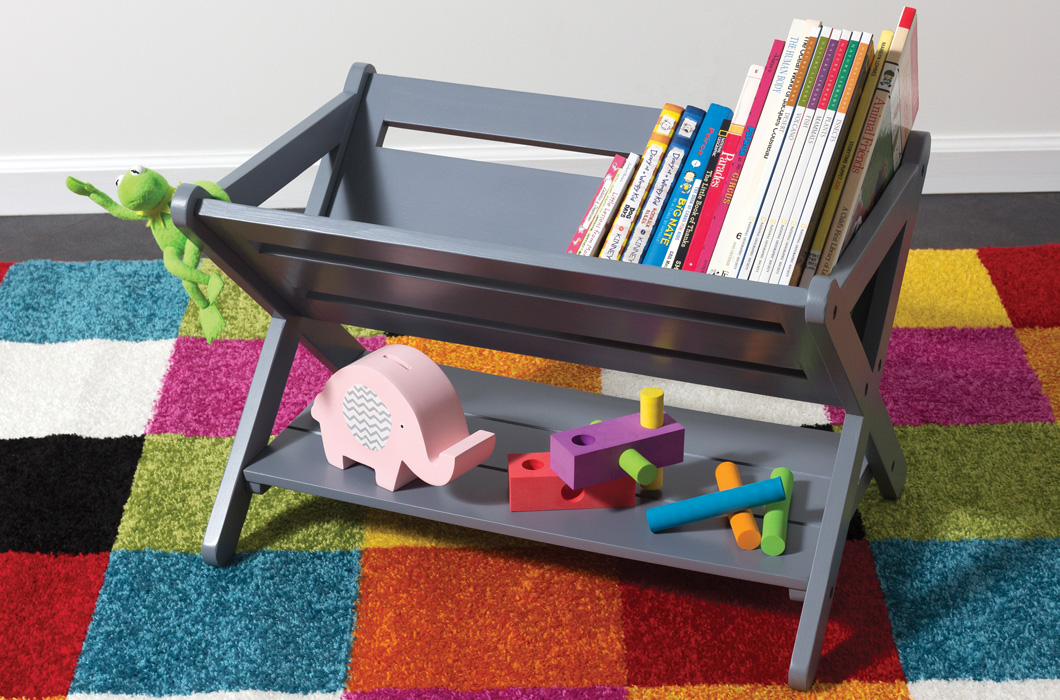
Most curricula will require an internet connection this year, some for the whole day every day. Remember this need for access to an outlet when you’re deciding where to set up your little learner. An extension cord safely taped down can go a long way. There always seems to be more devices that need charging. If an ethernet port is available, even better. Having a hard line connection can save the day when the only other option is unpredictable or spotty WiFi - especially if you have older kids who may be taking important timed tests.
Creativity and Connection
People of every age, and especially children, love getting handwritten letters. Plan a letter exchange with the school friends your kids haven’t been able to see in person or find new pen pals from farther afield. Grandparents love getting letters of course, and if you don’t have your own to write to you can borrow someone else’s and make their day!
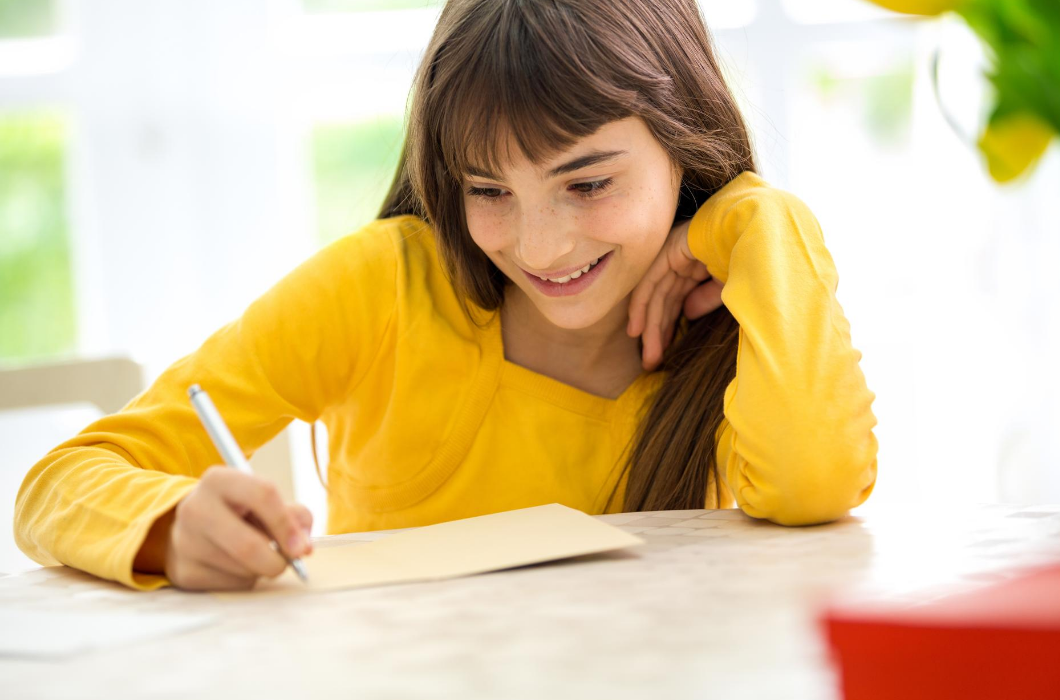
There are numerous organizations that match nursing home residents, most of whom can’t receive any visits right now, with people who want to write to them, at no cost of course. Letters of Love is one of these organizations. They accept anonymously addressed cards and letters and send them all over the U.S. This one is ideal for kids - it’s all about keeping it simple - writing a little bit about something they’re learning or their favorite thing they did last weekend is more than enough. You can also search #vscpenpals on either Facebook or Instagram to find elders from everywhere with many different interests to write to directly - this is great if you find it easier to write about shared hobbies and are ready for an ongoing exchange.
In my own home, I use our Bamboo Space-Saving Desk Organizer as a mail sorter right by the front door. It helps me see which letters I haven’t responded to yet and gives me a spot for letters I have yet to send.
Resiliency
Every type of learning is valuable. The development of social skills is taking an unexpected turn this year with kids being away from their friends and classmates, but this difference doesn’t have to mean disaster. This can be an opportunity to emphasize other skills that will serve your kids equally well in life.
Home Economics might not be taught in many schools anymore, but we’ve all been given the opportunity to brush up on those skills lately with all of the extra cooking at home! Regardless of how old your children are (or how old you are!) there’s always something to learn in the kitchen. From measuring out ingredients to learning how to blanch vegetables from the garden before freezing them, the opportunities to learn are endless. Lipper has a large collection of kitchen accessories if you find yourself needing to affordably upgrade your equipment, including this set of 3 Edge Grain Teak Cutting Boards.
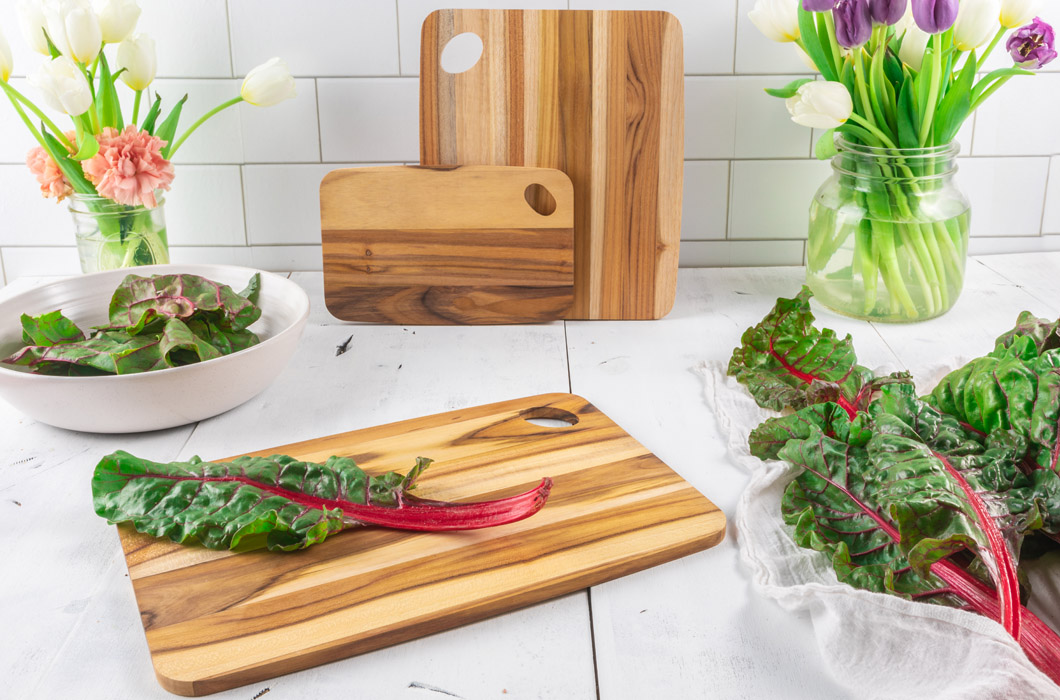
Fostering skills like cooking, gardening, and mending (depending on age) will help build resiliency in kids of all ages. Spending time on these things keeps them busy of course, but there’s also the return of knowing your kids are on the road to being able to take care of themselves well as adults. Maybe there’s a skill you’ve always wanted to learn that you would like to learn together - use the learning process as a way to build a closer bond. Remember, no learning is wasted, and if the school year doesn’t turn out as expected it is okay. What is a skill you learned that has helped you feel more prepared for the challenges of daily life? If you’re looking for ideas on what to make with your kids, try the recipes in our Mason Jars on the Go article. We also regularly share recipes we think are awesome on our Facebook page - drop by and let us know what you think!

